
Two hundred and fifteen pairs of children's shoes are placed on the steps of the Vancouver Art Gallery as a memorial to the 215 children whose remains have been found buried at the site of a former residential school in Kamloops, B.C., on May 28, 2021.DARRYL DYCK/The Canadian Press
In the southern B.C. Nation of Tk’emlúps te Secwépemc and beyond, the stories have always been known. Stories of children lost, missing or disappeared. Of children who went to the Kamloops Indian Residential School and never came home.
This week, the nation announced that, after decades of work, new technology has located the remains of 215 children on the grounds of what was once the site of Canada’s largest residential school, proving what people in the community knew, and opening a stark new chapter in the devastating legacy of residential schools across Canada.
“It’s a harsh reality, and it’s our truths. It’s our history, and it’s something… we’ve always had to fight to prove,” Kukpi7 (Chief) Rosanne Casimir of the Tk’emlúps te Secwépemc, or Kamloops Indian Band, said in a news conference over Zoom on Friday afternoon. “To me, it’s always been a horrible, horrible history that’s always been, you know, basically denied from government.”
The remains were discovered using ground-penetrating radar technology, and the preliminary findings were released quickly to the nation, surrounding communities and broader public late in the week. More information about the technology and work is expected to be released at the time of the full report in June.
MPs fast-track bill creating national day for truth and reconciliation
A statement released by Kukpi7 Casimir’s office late Thursday evening said the findings confirmed “an unthinkable loss that was spoken about but never documented.”
The institution opened in 1890 as the Kamloops Industrial School, later known as the Kamloops Indian Residential School. A newspaper story about the school as it became established in the 1890s praised the “zeal” of the principal and Roman Catholic Sisters running it. The article espoused “the benefits derived from the proper education of the Indian children now growing up to be a reproach to the white population,” who could be “made useful members of society and capable of getting an honest and honorable livelihood for themselves and those depending on them.”
In addition to being forcibly removed from their families and communities, many children in residential schools faced brutal physical, emotional and sexual abuse, were deprived of food and proper nutrition, and suffered what the federal government’s Truth and Reconciliation Commission on the legacy of the schools found to be “very high” rates of death, particularly during times of epidemic or disease.
The Truth and Reconciliation Commission’s Missing Children Project, which has been working to create a register of children who died at residential schools, has so far documented more than 4,100.

Wooden stakes mark areas where bodies are believed to be buried on the site of the former Kamloops Indian Residential School on Tk’emlups te Secwépemc First Nation in Kamloops, B.C., on May 27, 2021.Andrew Snucins/The Canadian Press
Kukpi7 Casimir said the remains of the 215 children found at the Kamloops Indian Residential School are believed to be previously undocumented deaths.
Some of the remains are of children as young as three years old. Kukpi7 Casimir said the school grounds have not been fully searched yet, and she expects more children will be found there.
“Moving forward is about the truth coming out,” Kukpi7 Casimir said on Friday.
Preliminary efforts to locate remains at the school site began 20 years ago, and the work was able to be done now with funding from a provincial Pathway to Healing grant, and new radar technology.
The school closed in 1978, and still stands on the Tk’emlúps te Secwépemc nation.
News of the discoveries had a profound effect in the community and beyond.
Kukpi7 (Chief) Judy Wilson of the nearby Neskonlith Indian Band, and secretary-treasurer of the Union of B.C. Indian Chiefs, described news of the discovery of the children’s remains at the school site “a blow to your entire mind, body and spirit.”
Kukpi7 Wilson said her father attended the Kamloops residential school from the ages of 5 to 16, and didn’t like to talk about his time there. She said she also heard many stories about suicide, death and other suspicious occurrences while working on the book project Behind Closed Doors: Stories from the Kamloops Indian Residential School, and that it is powerful to see the truth behind those stories emerging.
“It’s all coming to light now…,” she said. “Now that the truth is coming out, they can be validated, because a lot of those [stories] were waved off and discounted. Even a lot of the public, people were saying, ‘Oh, just get over it,’ and now they know the truth of the atrocities that happened at these residential schools. Because if it happened at Kamloops Indian Residential School, it most likely happened at other schools as well.”
Kukpi Wilson credited members of Tk’emlúps te Secwépemc community for their dedication to the project, including applying for grants and funding to make the work possible.
In a statement from Manitoba, Southern Chiefs Organization Grand Chief Jerry Daniels said the discovery is further evidence of the cruelty and genocide imposed on First Nations, and filled him with rage and grief.
“Today, we are all reliving one of the darkest periods in our collective history,” Chief Daniels was quoted as saying. “I join all of our relatives in grieving the loss of these young souls and all lives that were lost to the Indian residential school system.”
He said that, “every Canadian needs to know about this time and the generational trauma it caused.”
He said everyone should pause to honour the lives of the children, “and pray that they, and their families, may finally be at peace.”
B.C. Premier John Horgan said in a statement that he was “horrified and heartbroken” by the news.
“This is a tragedy of unimaginable proportions,” he was quoted as saying. “And it is a stark example of the violence the Canadian residential school system inflicted upon Indigenous peoples and how the consequences of these atrocities continue to this day.”
Mr. Horgan said a 24-hour crisis line has been set up for former residential school students and others who are affected by residential schools.

The former Kamloops Indian Residential School is seen on Tk’emlups te Secwépemc First Nation in Kamloops, B.C., on May 27, 2021.Andrew Snucins/The Canadian Press
Marie Wilson, a former commissioner of the Truth and Reconciliation Commission, said the discovery of the grave sites is the “terrible, gut-wrenching validation” of what so many survivors told the commission about children they knew who disappeared from school, and those they heard died. She said in some cases, the commission was told children were forced to help bury other children, or witnessed circumstances in which other children disappeared.
“It is the validation of that. And I don’t say that as a positive thing, but rather as one more reason for us to be in deepest respect for and appreciation for the courage of the survivors that spoke, and who shook awake the country,” she said. She described the finding of the children’s remains in B.C. as “just one indication of the continued unfolding that’s in our midst.”
“Here we are in Canada, and these are children,” she said. “These are real children who were loved and who would have been held by so many, and whose little spirits have been locked into some big dirty secret that we can no longer hide or deny.”
In a statement on Friday, Prime Minister Justin Trudeau said the news breaks his heart and serves as a “painful reminder of that dark and shameful chapter of our country’s history.”
“I am thinking about everyone affected by this distressing news,” Mr. Trudeau said.
Crown-Indigenous Relations Minister Carolyn Bennett likened the discovery to moments such as the death of George Floyd in Minneapolis, and Joyce Echaquan in a Quebec hospital.
“This is a painful chapter of harmful government policies that we never learned in school,” Ms. Bennett said. “Now all Canadians know. We need them as part of the reconciliation, part of the healing, part of the understanding.”
Assembly of First Nations National Chief Perry Bellegarde said while it is not new to find graves at former residential schools in Canada, it is “always crushing to have that chapter’s wounds exposed.”
Kukpi7 Casimir said it was a hard and emotional week in Tk’emlúps te Secwépemc, and that there is still much to be done. The nation has been in contact with the RCMP, the B.C. coroner and government, as well as speaking with other communities that had children at the school.
She said community leaders are also working to find ways to support those dealing with the grief and loss.
“In the last couple of days, I’ve had elders and community members reach out and express the depths of their sorrow or sadness, and how it’s triggering them,” she said. “But at the same token, they’re glad that it’s coming forth, because it’s a reality, and it’s something that we do not want to have under the carpet in any shape or form. We want to heal with our people.”
She said that began on Friday with a ceremony.
Kukpi7 Wilson said she heard a lot of anger and a lot of grief from chiefs she spoke to on Friday, and she believes it may be only the beginning of finding mass graves at other schools across the country.
She said it’s particularly difficult as communities deal with the pandemic and other crises, but that she, too, hopes the pain of these discoveries will bring healing.
“In some of the discussions today, the chiefs are saying, ‘The children are showing us the way. They’re bringing the truth out and they’re bringing the nation together,’” she said. “It’s difficult, but it’s healing that’s been needed for hundreds of years.”
The number for the National Indian Residential School Crisis Line is 1-866-925-4419. British Columbia has a First Nations and Indigenous Crisis Line offered through the KUU-US Crisis Line Society , toll-free at 1-800-588-8717.
With a report from Kristy Kirkup
Our Morning Update and Evening Update newsletters are written by Globe editors, giving you a concise summary of the day’s most important headlines. Sign up today.

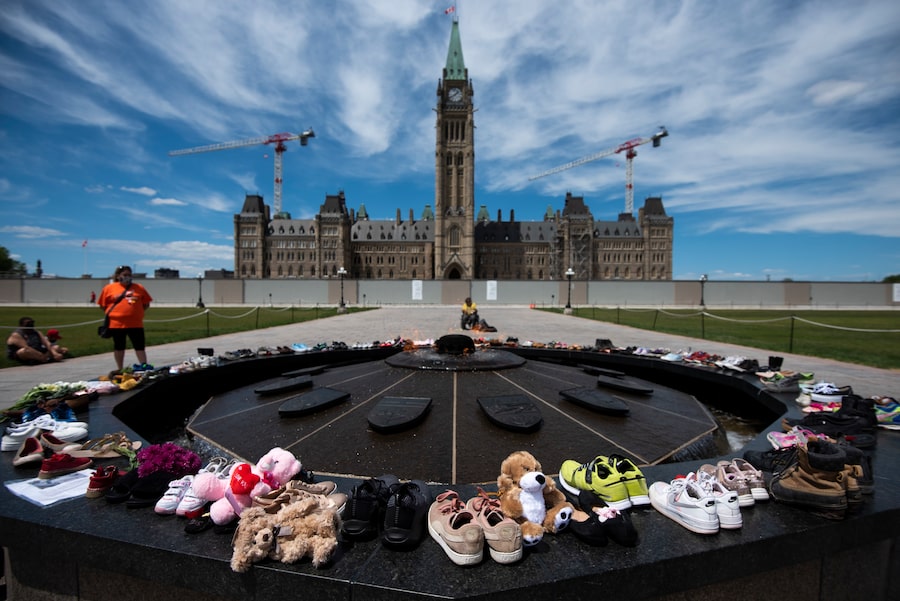





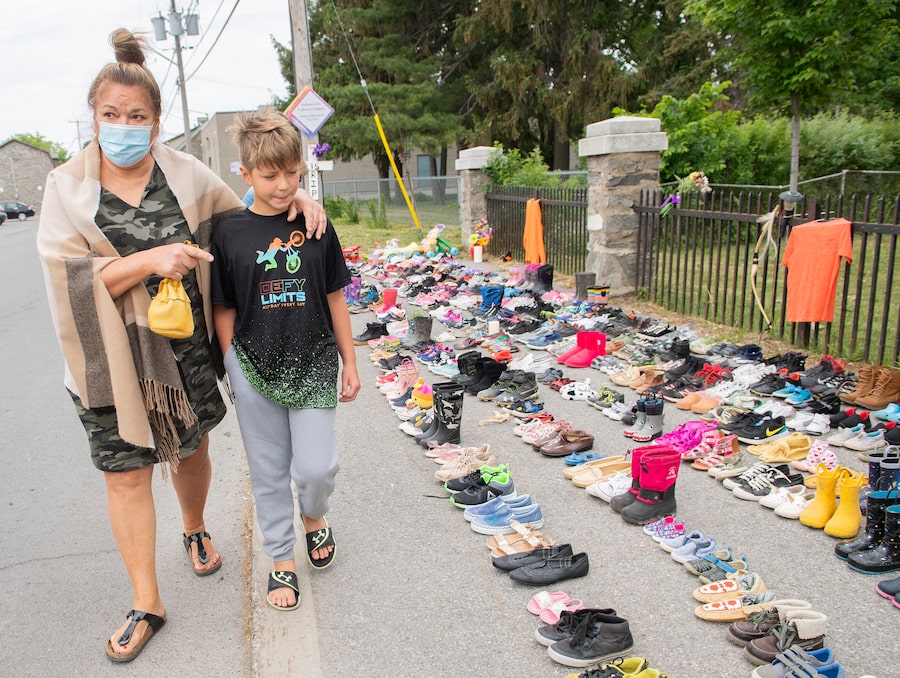






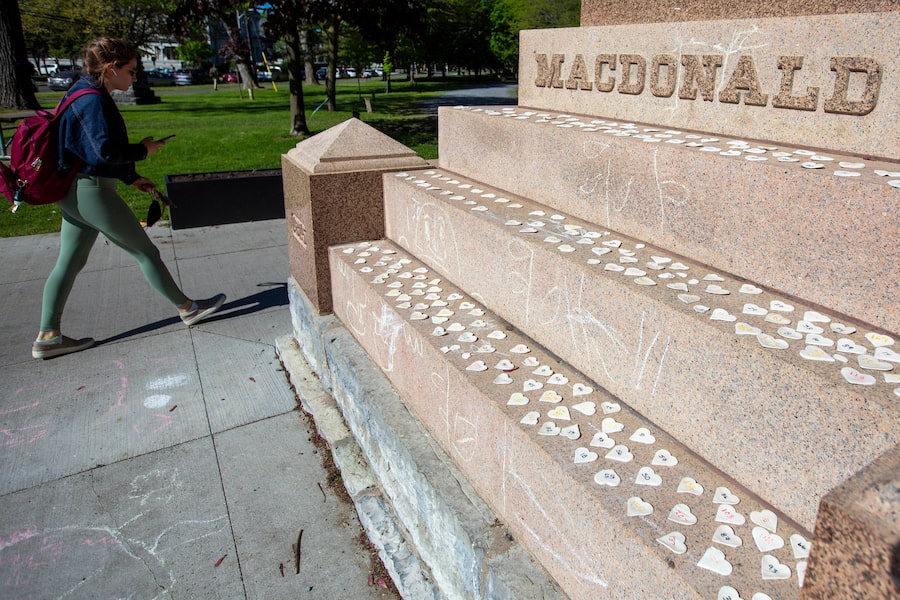

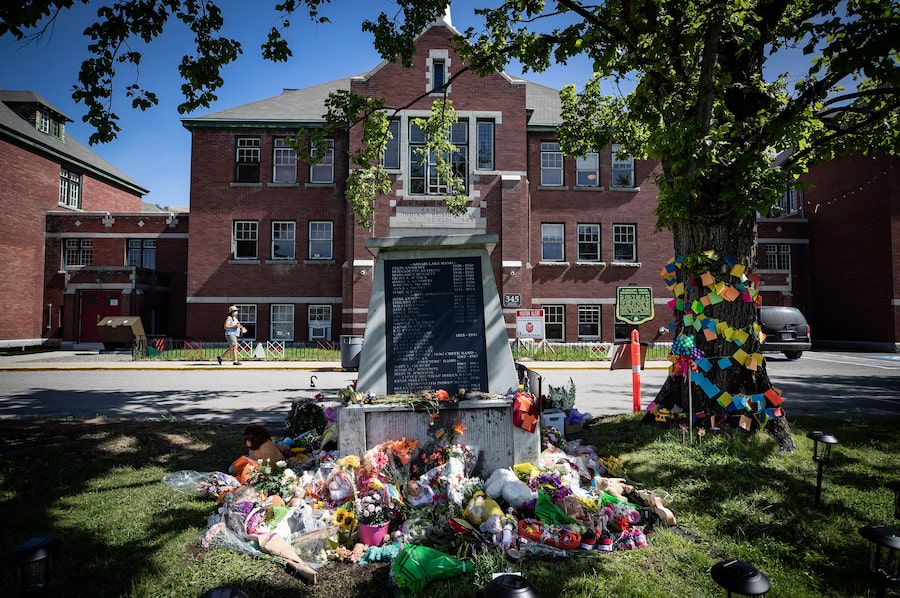




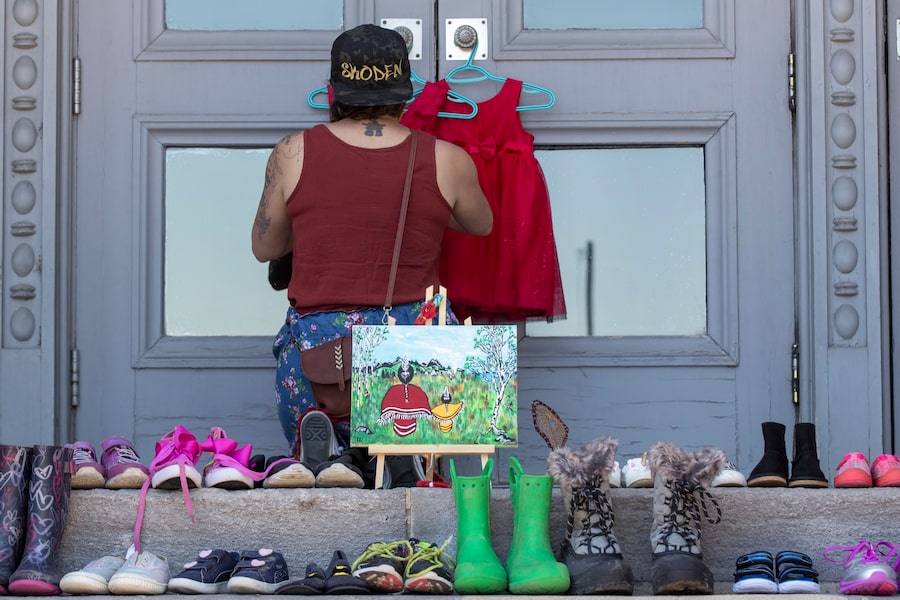
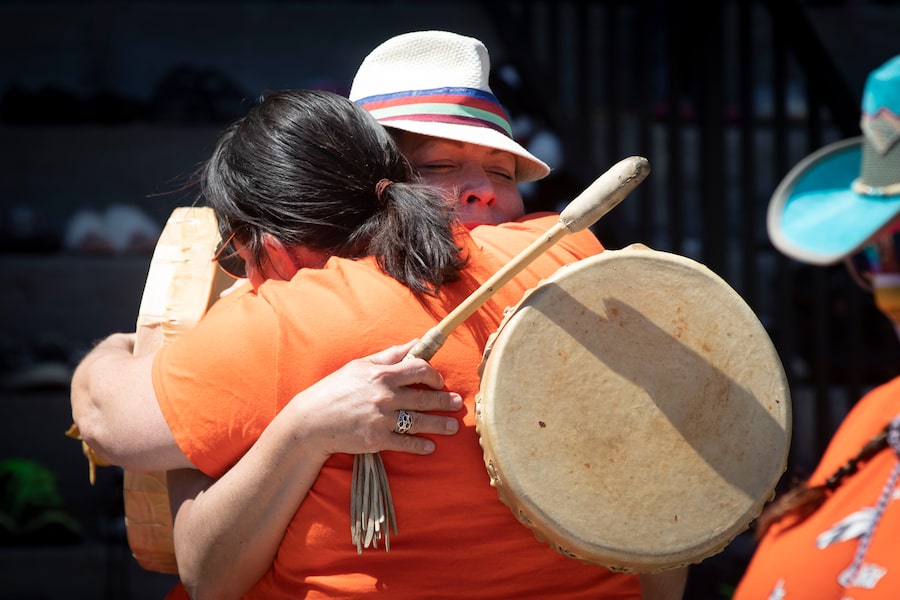

 Jana G. Pruden
Jana G. Pruden